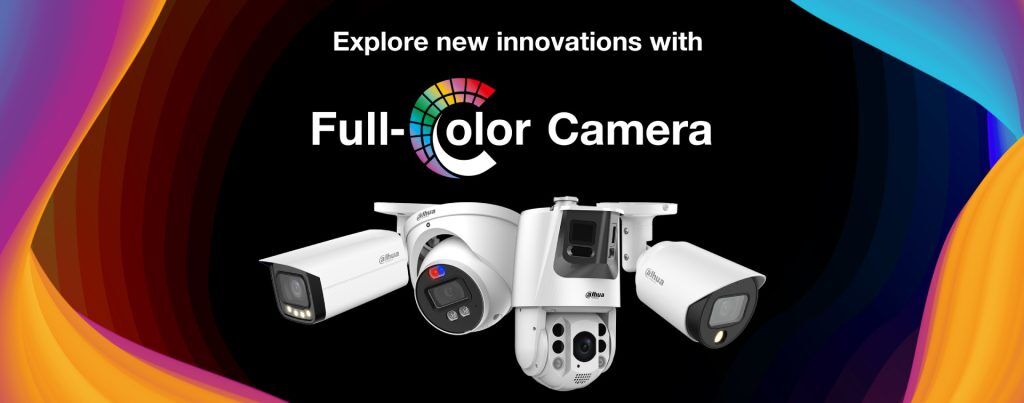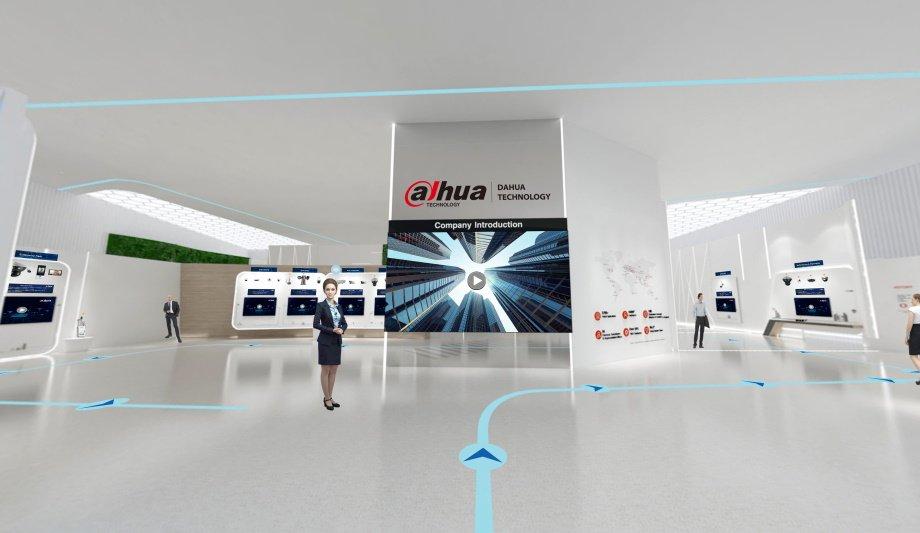Discovering the Role of Gain Access To Control Equipment in Enhancing Security Devices Performance and Efficiency
Gain access to control systems are progressively recognized as important components in the landscape of security management, providing an organized technique to control access to sensitive locations and details. Their capability to integrate with various protection modern technologies, such as monitoring video cameras and alarm systems, significantly boosts the general effectiveness and performance of protection operations.
Understanding Accessibility Control Solution
Access control systems play a critical duty in making sure the security of numerous atmospheres, from corporate workplaces to sensitive federal government facilities. These systems manage who can get in or leave a designated location, thus shielding possessions and delicate info. The fundamental elements of access control systems consist of consent, identification, and verification processes.
Recognition involves confirming a person's identity, normally through credentials such as vital cards, biometric data, or passwords. When recognized, authentication verifies the individual's right to access, commonly through multi-factor authentication techniques to boost safety and security. Last but not least, consent identifies the degree of accessibility granted, enabling separated approvals based on roles within the organization.
Access control systems can be categorized into two main types: rational and physical. Physical gain access to control concern substantial areas, while sensible accessibility control regulates electronic details systems. Both kinds function synergistically to supply thorough protection remedies.
Combination With Safety And Security Technologies
The integration of access control systems with various other safety innovations is important for creating an all natural safety environment. By incorporating gain access to control with video security, invasion detection, and security system, organizations can enhance their total safety and security posture. This interconnected structure allows for real-time surveillance and fast response to protection events, boosting situational understanding and operational efficiency.
For circumstances, integrating accessibility control with video surveillance makes it possible for safety and security employees to confirm access occasions aesthetically, making sure that just licensed individuals are granted entrance. When gain access to control systems are linked to alarm system systems, any unapproved accessibility attempts can cause immediate notifies, motivating swift activity.
Moreover, the combination of accessibility control with cybersecurity measures is progressively crucial in shielding physical assets and sensitive data. By lining up physical protection protocols with IT safety systems, companies can make certain that both digital and physical access factors are kept track of and managed properly.
Advantages of Boosted Protection Procedures

Furthermore, improved safety and security operations facilitate real-time surveillance and occurrence action. With incorporated systems that incorporate monitoring video cameras, alarms, and accessibility controls, safety teams can promptly identify and address possible dangers. This proactive strategy enables for timely interventions, reducing the chance of safety breaches and possible losses.
Additionally, reliable safety procedures add to a culture of safety and security within the organization. Employees are most likely to feel even more protected when they recognize that robust actions are in area, resulting in boosted morale and performance. Additionally, the usage of information analytics from gain access to control systems enables companies to evaluate protection patterns, boost policies, and designate sources efficiently.
Considerations and difficulties

Furthermore, companies need to resolve the potential for data violations. Accessibility control systems frequently deal with sensitive info, and any type of susceptabilities can expose this data to unauthorized gain access to. customized security solutions. Making certain durable cybersecurity actions is essential to shield versus such threats
Customer training is an additional essential factor to consider. Staff members have to understand exactly how to use access control systems effectively, as improper use can bring visit site about protection voids. Furthermore, organizations have to stabilize safety with individual benefit; overly limiting gain access to can hinder productivity and lead to workarounds that endanger protection procedures.
Compliance with regulatory and lawful requirements is likewise vital. Organizations should ensure that their accessibility control systems meet sector requirements and neighborhood legislations, which can differ substantially. Finally, the recurring maintenance and monitoring of these systems require committed resources, making it critical for organizations to allot suitable spending plans and personnel to make sure long-term efficiency and performance.

Future Patterns in Accessibility Control
Anticipating the future of gain access to control exposes a landscape significantly shaped by technological innovations and evolving safety demands. One significant trend is the combination of fabricated intelligence (AI) and artificial intelligence, which boost decision-making capacities and automate threat detection. These innovations enable real-time evaluation of accessibility patterns, making it possible for more responsive and adaptive safety and security procedures.
Biometric verification is additionally obtaining grip, with advancements in fingerprint, facial recognition, and iris scanning technologies offering enhanced security and user benefit. As these systems become much more cost effective and innovative, their fostering throughout different industries is expected to rise.
Another arising fad is the change towards cloud-based access control systems. These solutions provide scalability, remote monitoring, and central data storage, allowing companies to enhance operations and improve effectiveness.
In Addition, the Net of Things (IoT) is readied to change accessibility control by allowing interconnected devices to connect and share information, thus enhancing situational understanding and safety and security responsiveness.
Conclusion
In final thought, accessibility control systems significantly improve the performance and performance of safety and security devices by promoting precise identification, authentication, and permission procedures. While considerations and challenges exist, the continuous development of gain access to control modern technologies assures to further improve safety and security operations.
Gain access to control have a peek at this website systems are progressively acknowledged as necessary parts in the landscape of protection monitoring, providing a structured approach to regulate access to delicate locations and details. Physical accessibility control pertains to substantial areas, while sensible accessibility control regulates digital info systems.The combination of gain access to control systems with other safety and security technologies is important for creating a holistic security setting. Accessibility control systems commonly manage sensitive information, and any susceptabilities might subject this data to unapproved gain access click reference to. Organizations must stabilize safety with individual convenience; extremely limiting access can hinder performance and lead to workarounds that jeopardize security methods.